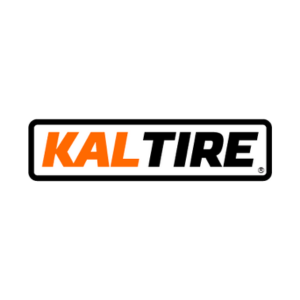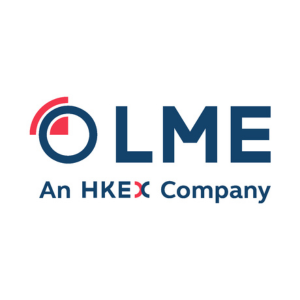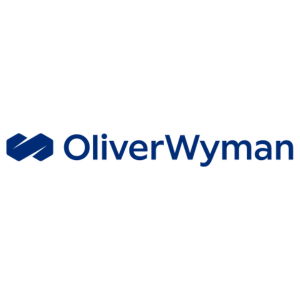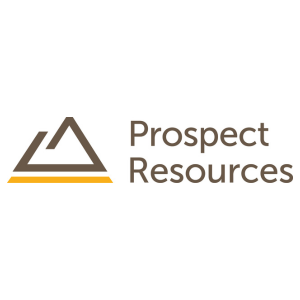With the growing need for minerals to fuel the transition to a low-carbon future there is potential for substantial growth in the mining sector.
New Technology for water management
Access to water is one of the biggest challenges facing mine operators. In its 2015 report Ernst & Young highlighted the need for a strategic approach to water management that benefits all stakeholders as one of the key business challenges that the industry faces. Strategic water management can reduce risks and benefit local communities. This was highlighted in a report released last year by the International Council on Mining & Metals (ICMM), which presents case studies of water management from mining companies and highlights some progressive projects.
One prime example that the ICMM report highlighted was the Trekkopje uranium mine in western Namibia. The Trekkopje ore body at the open cast operation covers a surface area of approximately
42 square kilometres, with the main ore-bearing content being present within the upper 15m of the deposit. During exploration and the pilot testing phases at the mine site, water was supplied from aquifers along the coast. Yield from these aquifers is limited, and groundwater on the site is saline and used mainly for dust suppression. The only realistic option was seawater desalination, and mine operator AREVA, constructed a desalination plant, the first one for the country, to meet the water needs of the mine.
A strategy advocated by Nikisi Lesufi, senior executive environment, health and legacies, Minerals Council South Africa is to look to innovative water management technologies. “We can reduce the volume of waste and the toxicity of waste by using new technology available to us,” he says. “Our reporting systems are not up to scratch; if we had real-time water management with self-assessment tools to compare ourselves to others in terms of performance status, think of the difference it would make.
“We also need to look at the transition when a mine is closed – how do we use the infrastructure, land and water? The old days of closing and grassing over are unsustainable; we need to transition from one form of economic activity directly to another.”
Effective waste management
The mining operation involves processing the ore to separate valuable minerals, leaving behind huge volumes of waste tailings. This presents a triumvirate of challenges to the mine operator in the form of water conservation, cost of tailings and reclamation.
Leading the dialogue on dry tailings and addressing decommissioning of legacy dams will encompass conserving water and ore and reducing adverse impact on surrounding areas of a mine. “Today, about 70 per cent of the mines operated by the major mining companies are in countries where water scarcity is considered as the major risk,” Gouveia adds. “Therefore, responsible usage of water is the primary driver for increasing interest in tailings dewatering. Mine operators should adopt smart filtration solutions that either help in maximise water recovery thus conserving water intake in a mine or provide an end to end solution for dry stacking.”
A greater imperative is to clean up existing tailings dams and re-process tailings so that they can be used as mine back-fill material. “This would also help conserving ore, increasing mine life and reducing the volume of tailings to be stored,” Gouveia adds. “Replacing wet tailing dams by dry stacking lowers the risk of social hazards, saving lives and property and preserving natural water bodies by eliminating contamination and leaking. Safer and more environmentally sensitive tailings handling and management also reduces conflicts with local communities and regulatory bodies.”
Partnerships show the way to sustainable operations
According to Antoinette Pietersen, stakeholder engagement manager at Golder’s Johannesburg, office effective community partnerships are crucial to sustainable mining operations. “The relationship between the companies mining the earth’s precious resources and the people who have made their homes upon these treasured lands for time immemorial is evolving into productive partnerships that benefit communities and mining operations,” she says. “With the task of satisfying the world’s growing need for minerals comes the social responsibility to be a functional partner in the communities in which they operate, and the recognition that sustainable practices are critical to corporate success.”
Successful management of stakeholder expectations begins with thorough and effective communication, and acceptance of accountability as a participant in the community. “While mines are frequently expected to bring benefits to a community — such as infrastructure improvements, education, and job opportunities — it is essential for the mining company to collaborate with legitimate structures within the community to assess the options best suited to their livelihoods,” Pietersen continues. “When expectations aren’t met, it can often be traced back to a lack of respect of local customs and values, collaboration within established structures within the community and communication with a community.”
Mining companies that are not yet on board with creating partnerships within the community need to start thinking differently, and many are. “The old way of doing business was to look only at what the law requires and check off those boxes without looking at the broader picture, which is that they are operating within a community of people who have social concerns, values and needs that include the environment and infrastructure of their community,” Pietersen concludes. “Time and again we have seen how poor relationships cause social outrage that could have been avoided.”
Mining Indaba 2020 will be hosting unmissable pioneering insights and genuine thought-leading discussions with industry heavyweights from across the value chain on the subject - we’ve highlighted the top must-attend sessions:
Main Stage
Monday 3rd February
09:55 -10:35 Opening Corporate Keynote
The Brand of Mining: reconnecting the fundamentals of the mining industry with next generation values
- Sustainability of operations
- Decarbonisation of the supply chain
- Industry response to climate change
- Realigning mining’s image problem with its role in global electrification
- Mining materials as the cornerstone of the energy transition
Speaker: Mark Cutifani, CEO, Anglo American
Wednesday 5th February
14:00 – 14:50 Panel: Climate Change & Sustainability focus
Climate change and its impacts represent a physical risk to mining operations and installations, and a broader societal risk to the communities and workforce on which mining projects rely.
Adaptation within the mining sector is needed to address the impacts of climate change that are happening now, to increase resilience to future impacts, and to enable sustainable socio-economic development.
What is the current status of - and how are mining companies responding to – growing risks including:
- Extreme weather patterns causing flood and storm damage to infrastructure
- Transport disruption affecting supply chain reliability
- GHGs from Scope 2 & 3 emissions and reduction strategies
- Increased competition for climate-sensitive resources such as water and energy
Moderator: Neil Hume, Natural Resources Editor, Financial Times
Speakers:
Froydis Cameron, Group Head of International & Government Relations, Anglo American
Bady Balde, Africa Director, EITI International Secretariat
Simone Niven, Group Corporate Relations Executive, Rio Tinto
Shirley Webber, Head of Coverage, Natural Resources, Absa CIB
Sustainable Development Day
Tuesday 4th February
15:00 Harmonising Extraction and Environment to Change industry’s social image and Ecological footprint
16:00 Achieving a ‘Zero Harm’ approach - Changing the Fundamentals to Put People and Health & Safety First

_1.png?ext=.png)
.jpg?ext=.jpg)
.png?ext=.png)
.png?ext=.png)

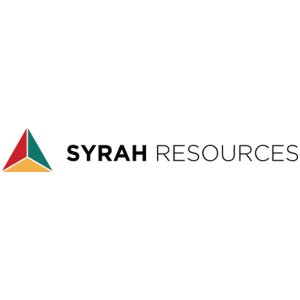
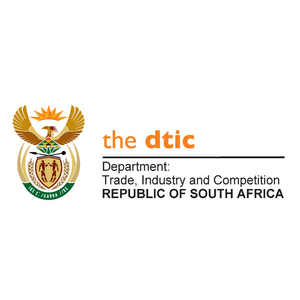


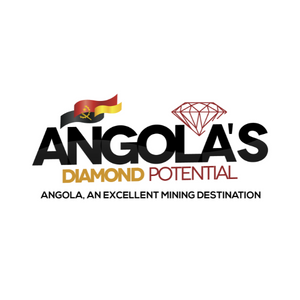

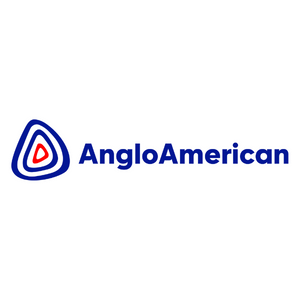
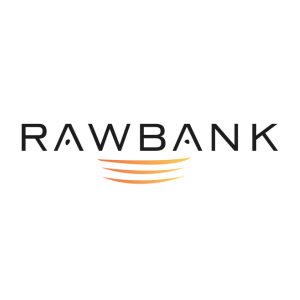
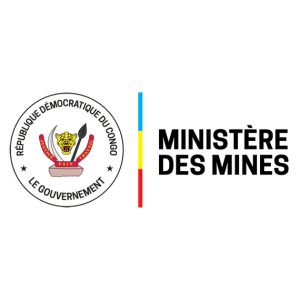
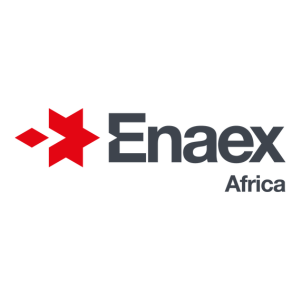

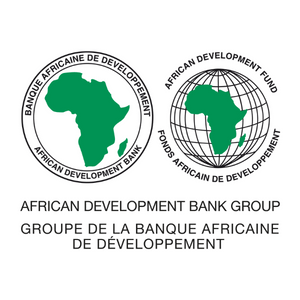
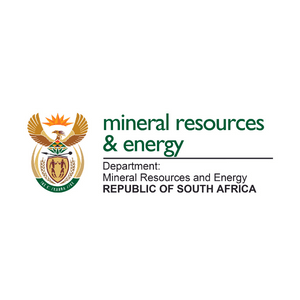

-min.png?ext=.png)
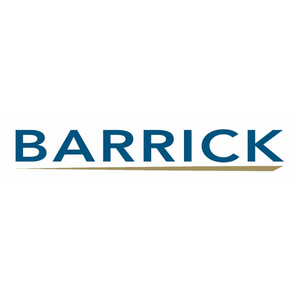


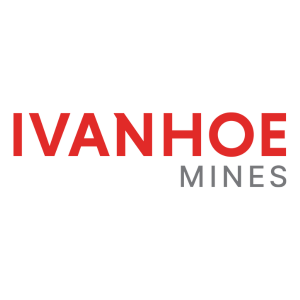
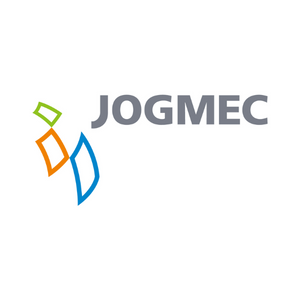

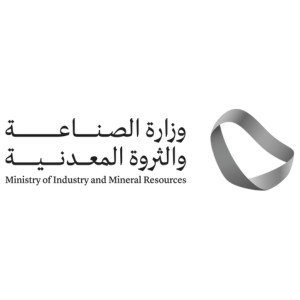
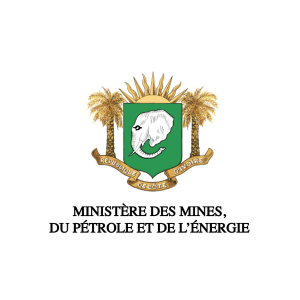
_1.png?ext=.png)

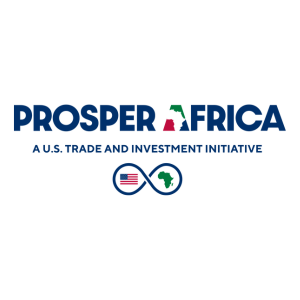
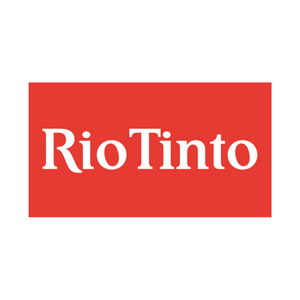




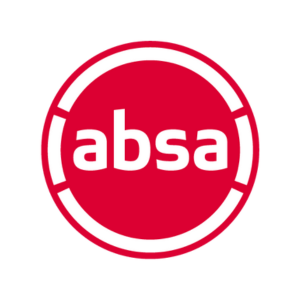
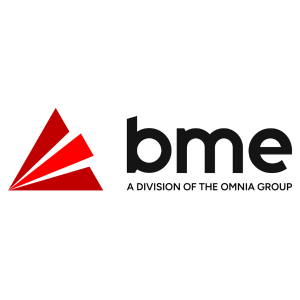


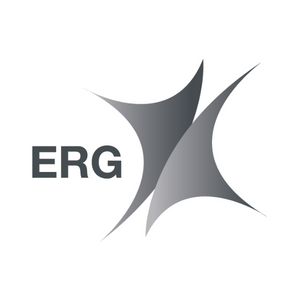

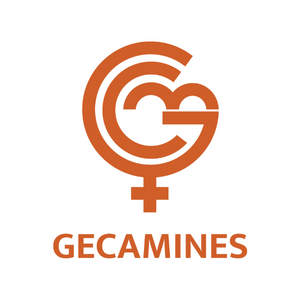

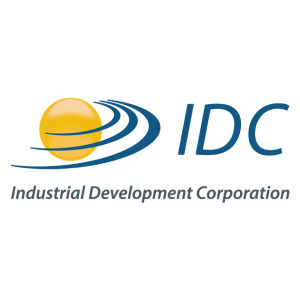



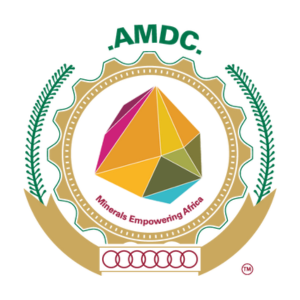

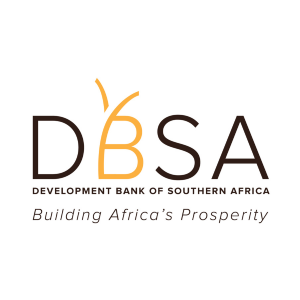
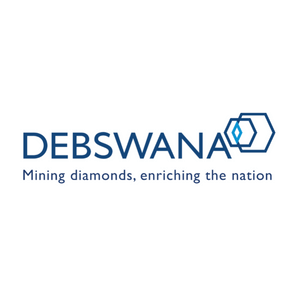
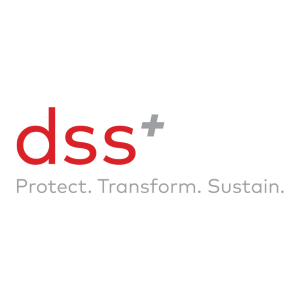

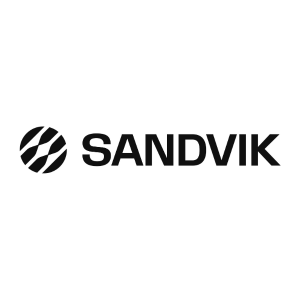
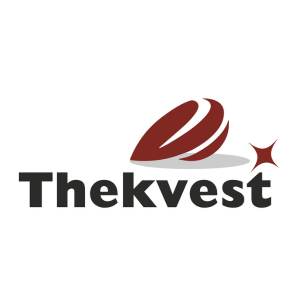









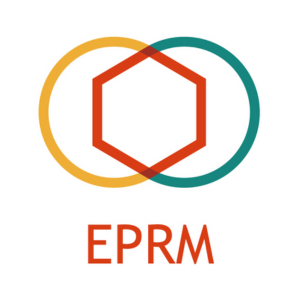
_mi25-weblogo.png?ext=.png)


_mi25-weblogo.png?ext=.png)

